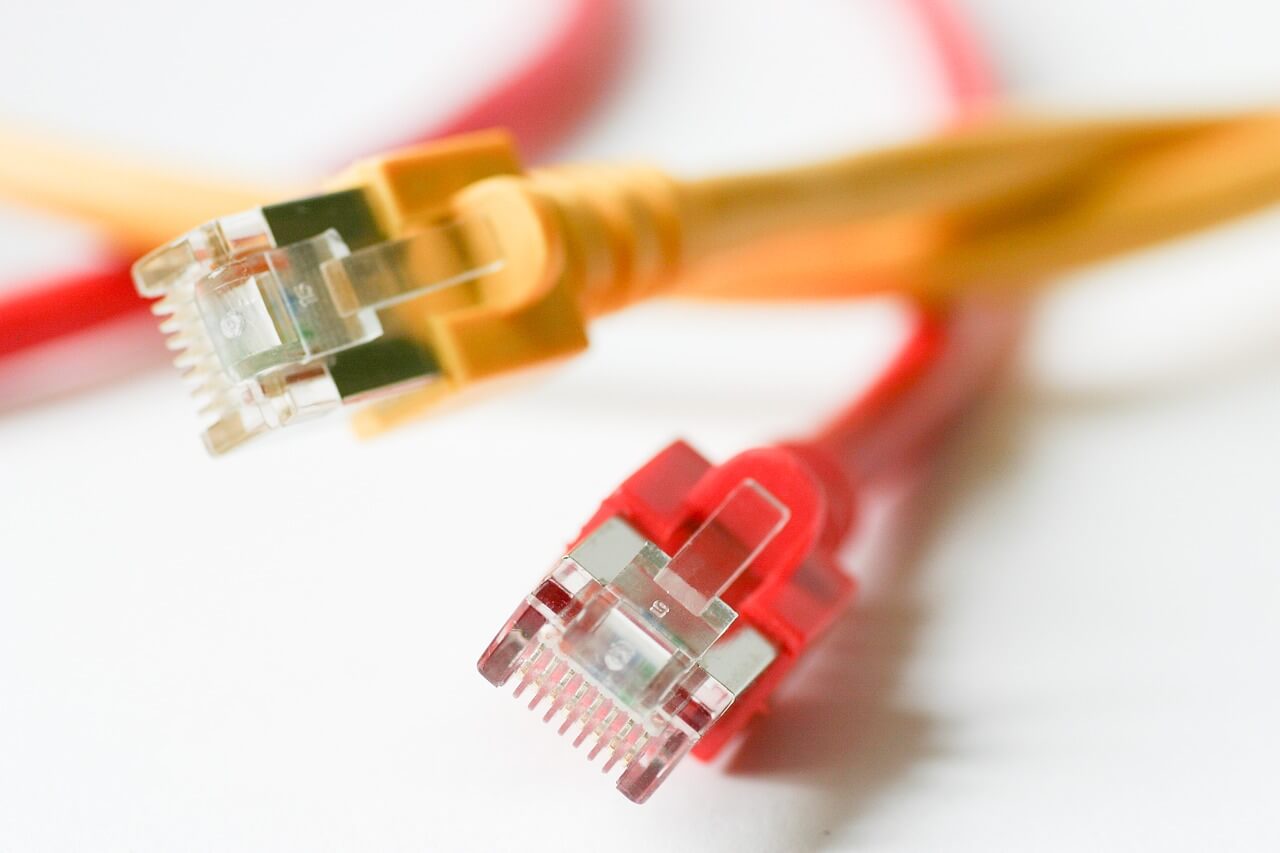By Jennifer Truong
If you have shifted to a new home or soon shifting your workplace to a new building, you are probably already thinking of installing network cables as one of the first tasks. But wait, till you read further. Whoever said that “learn from the mistakes of others”, must have been a genius.” So, let’s just utilize the suggestion practically and have a look at the most common mistakes made while installing network cables, to avoid doing it ourselves.
Using Separate Cables for Voice & Data
If you ask any relevant person about their biggest mistake while network cabling their home or workplace, you will get to hear it as one of the most common answers. Earlier, twisted cabling was comparatively expensive so people opted different cabling for both. But now the cabling itself isn’t that much of an expense.
In fact, latest phone systems require data-level cabling so you don’t have a choice but to get suitable cabling that supports both. Not thinking about the possibility of you installing any of those phone systems in future describes another major mistake.
Compromising with the Quality/Version
A network connection isn’t temporary. With the ongoing advancements, it would be a grave mistake to still choose the cheapest and most basic cables available. Although it isn’t mandatory to go with totally high-end cables, it would be a smart option to go for quality Ethernet cables capable of facilitating a robust connection.
That being said, you might not need a 10gbps speed right now, but let’s just say 100Mbps should also not be what you settle with.
Cabling Parallel to Electric Cables
Setting up your networking cables parallel to electric cables can disturb the magnetic field of the cables and cause major disruptions. You can also end up losing transmission at times or very slow communication between the wires taking place.
So deciding your cable path, therefore, is very important rather than just going randomly about it.
Cutting Cables Too Short/Long
You certainly don’t want your cables stretching hard to reach out to their destination connectors. So, the best way to go about it is to measure the exact distance of your connections and take just about a few inches more for ease. Don’t cut them too short.
If short cables are a problem, too long ones are a bigger problem. Every cable has its capacity and if you choose lengths longer than their competence, you might suffer with slower and frequently disruptive connections. So, consider distance limitations of your cables seriously.
Not Testing Cables Simultaneously
Do you want to end up scratching your heads when your network cabling is done but you end up realizing that there had been a few faulty cables that refuse to aid the connection? We know the answer. So, the best way to avoid this is to go about checking every single cable while establishing the connection.
It might sound to be a time-consuming task given you are paying a hefty amount for labor but trust us it’s better than paying them(much more) later for fixing a brand new connection.
Other than that, don’t go about a haphazard connection. Plan in advance and go for cable organization as it comes really handy in long run and can save a lot on labor costs for maintenance. Additionally, you should also take care of the codes and ordinances of your region.
Looking from utility point of view, network cabling these days is as much an important job as electric wiring. So, it is important to get good cables, equipments, and proficient labor to avoid regretting later. To ensure everything goes smoothly, it’s a good idea to hire professionals for the job rather than planning it out yourself.
Article Source: http://EzineArticles.com/9818628

